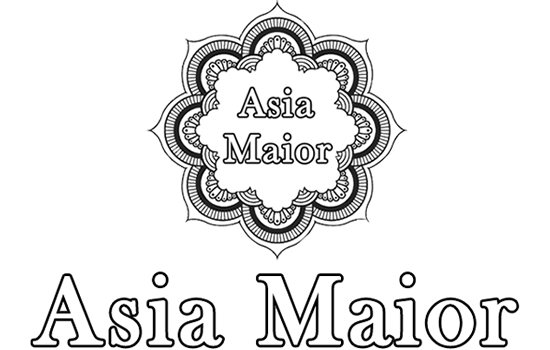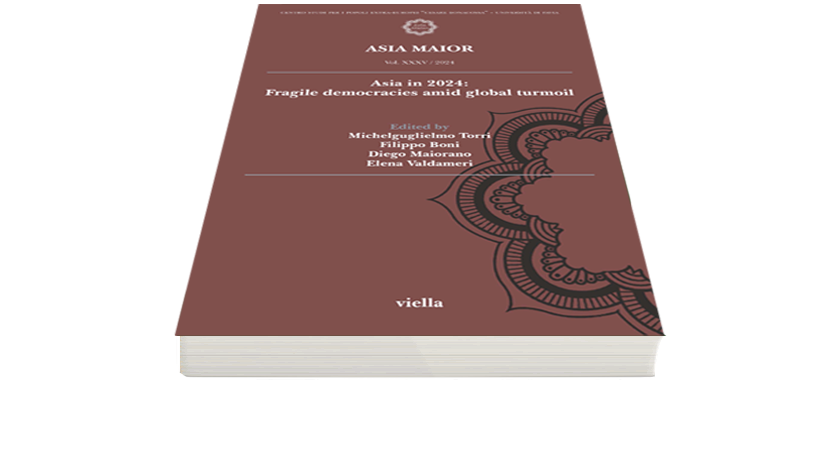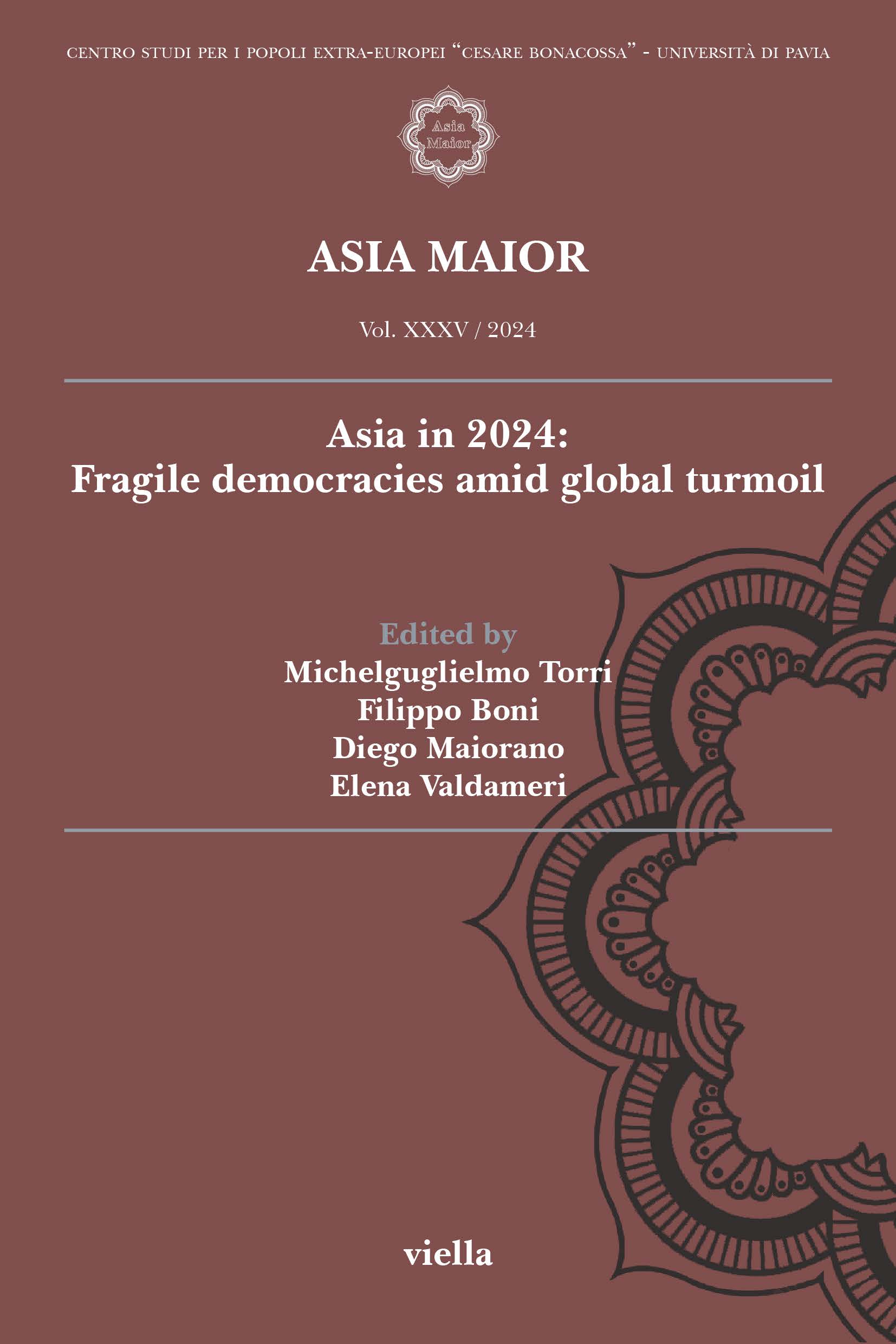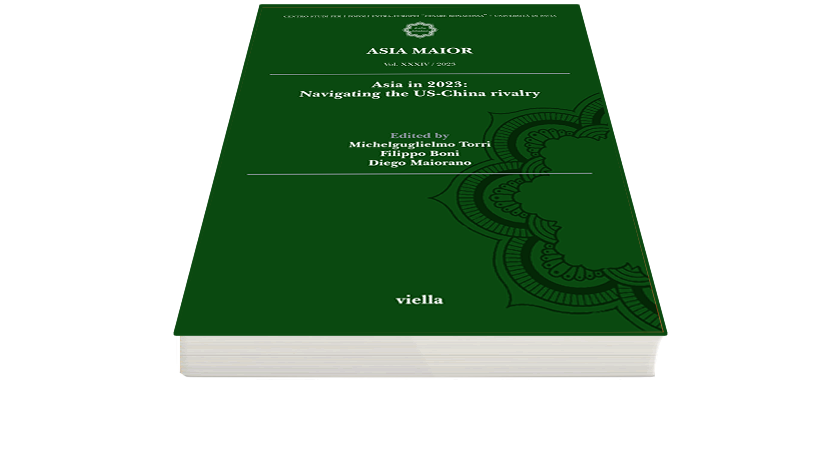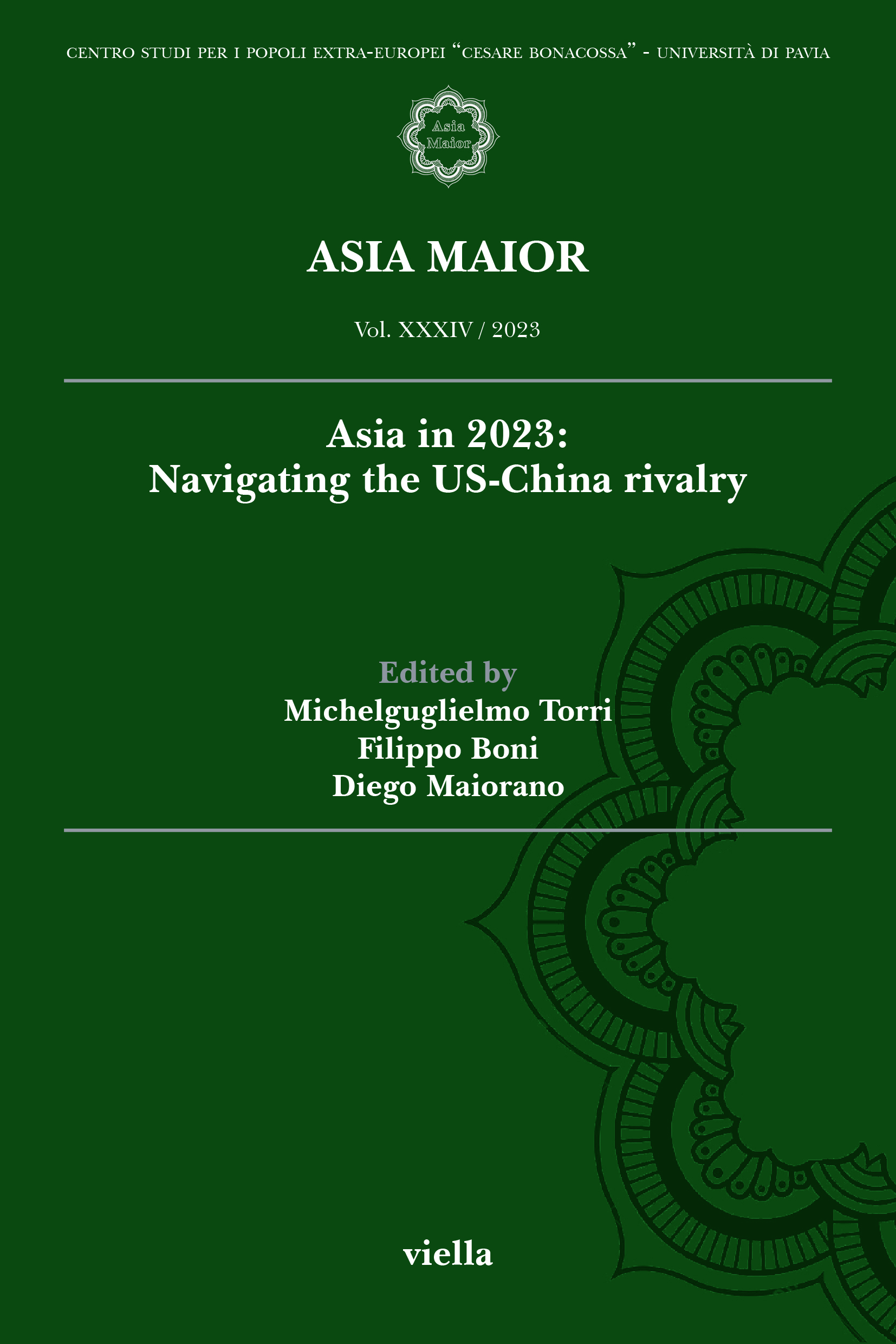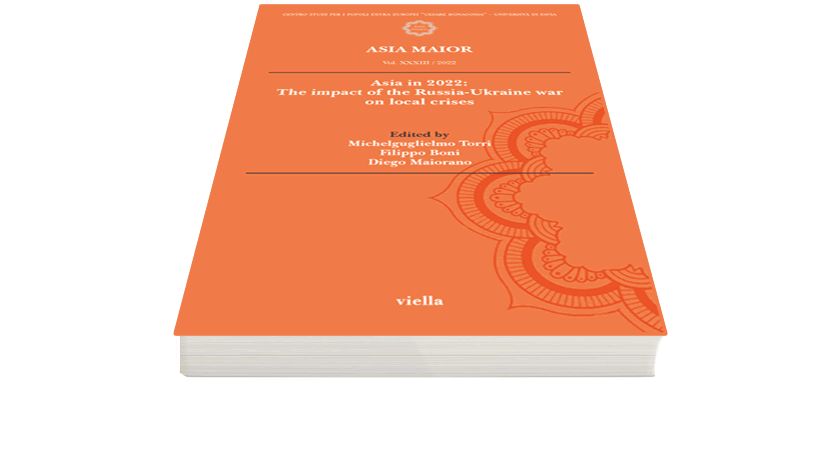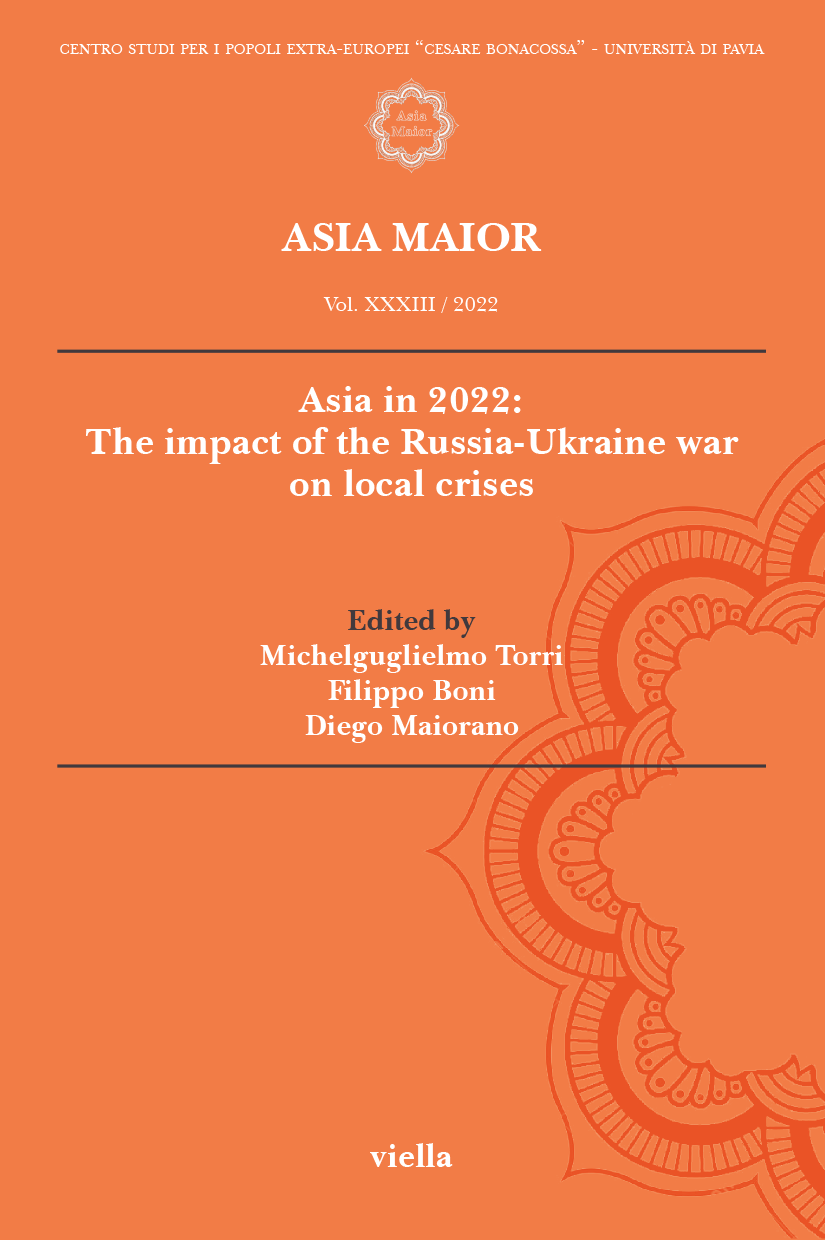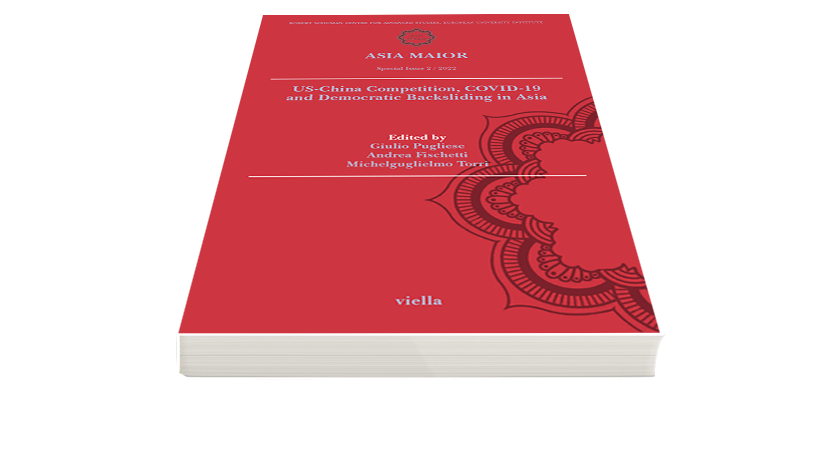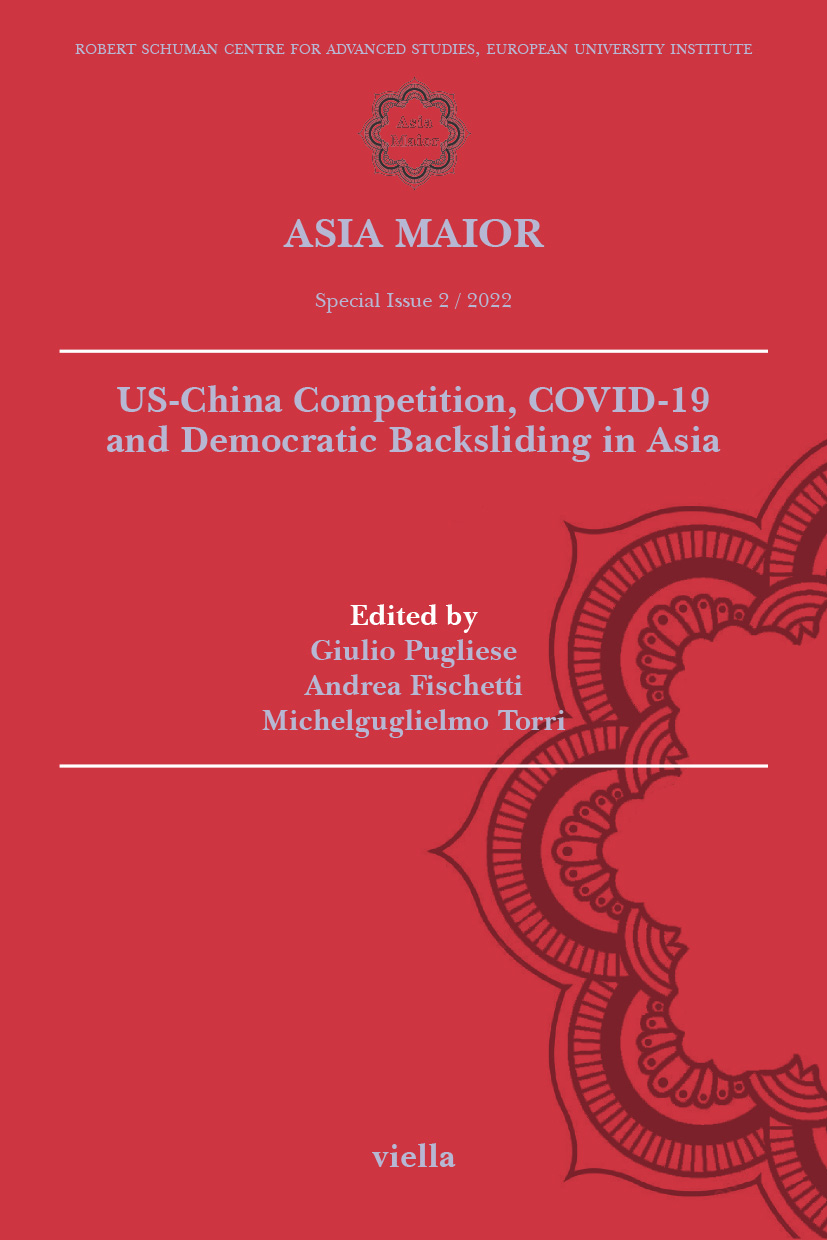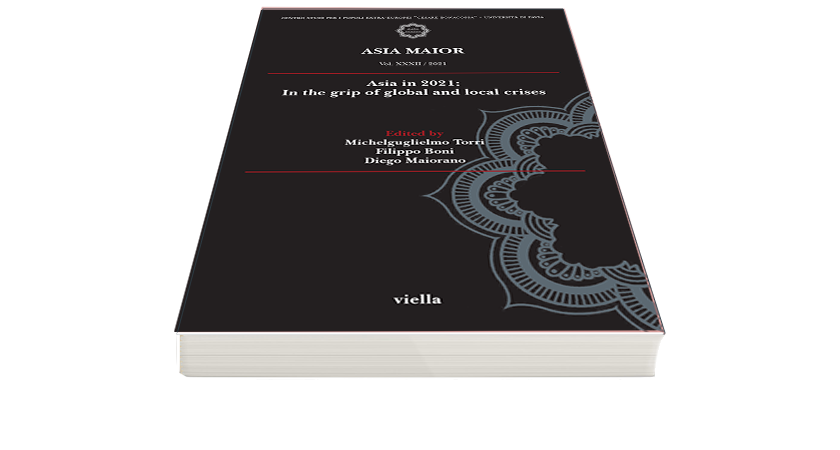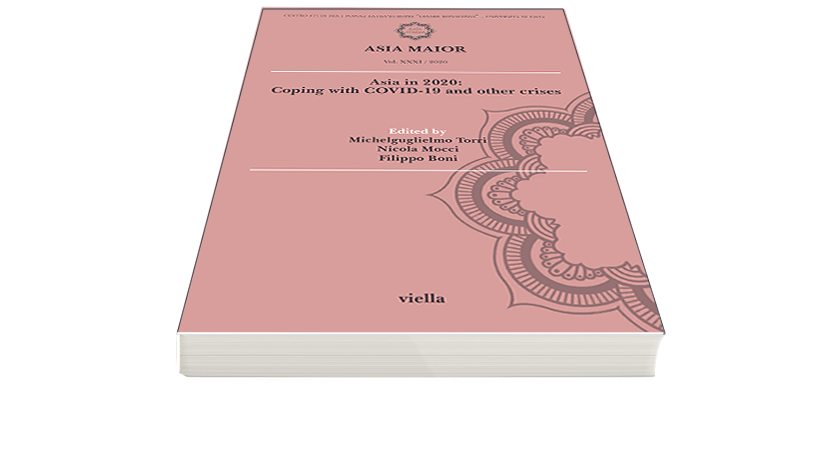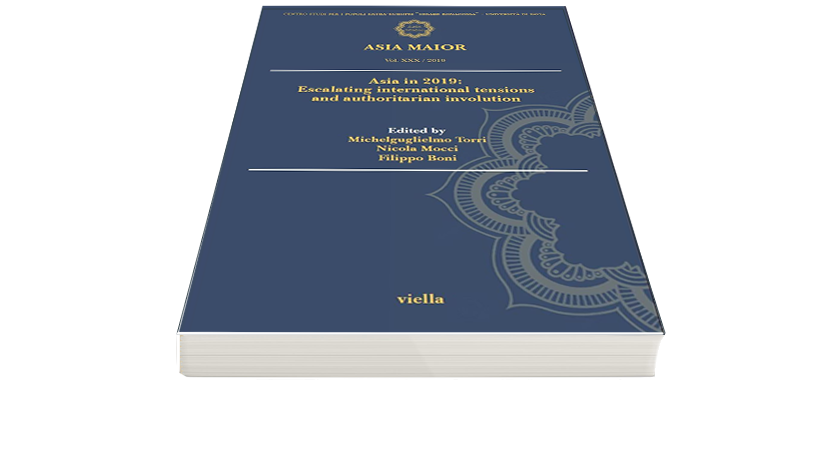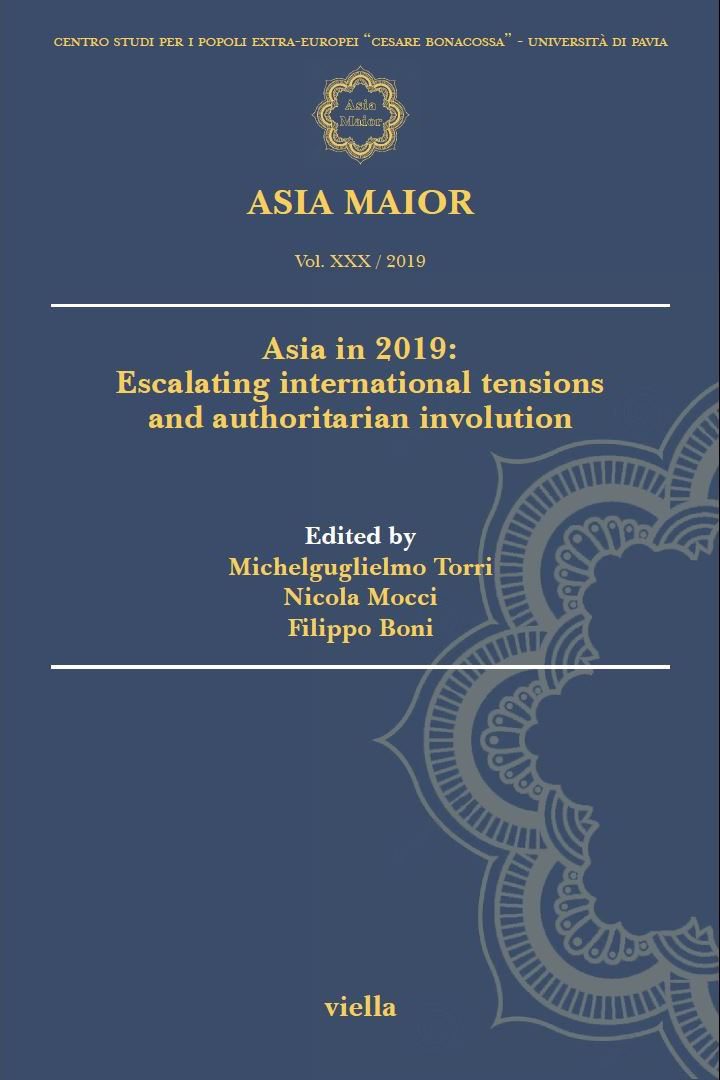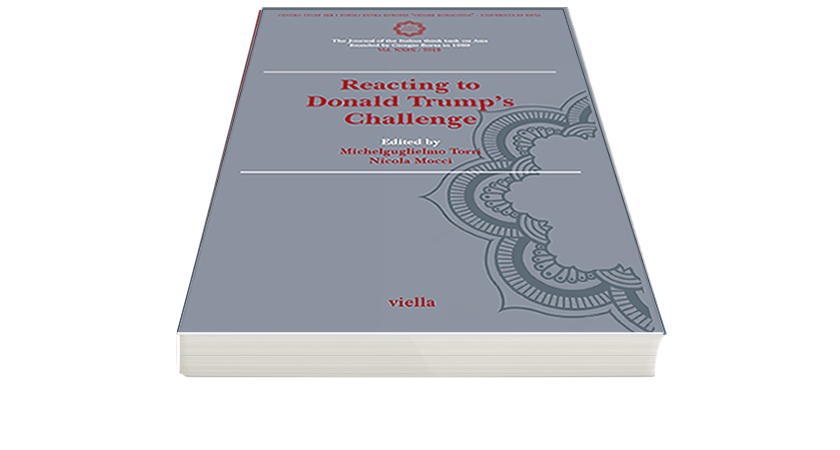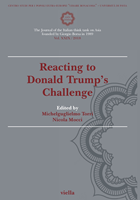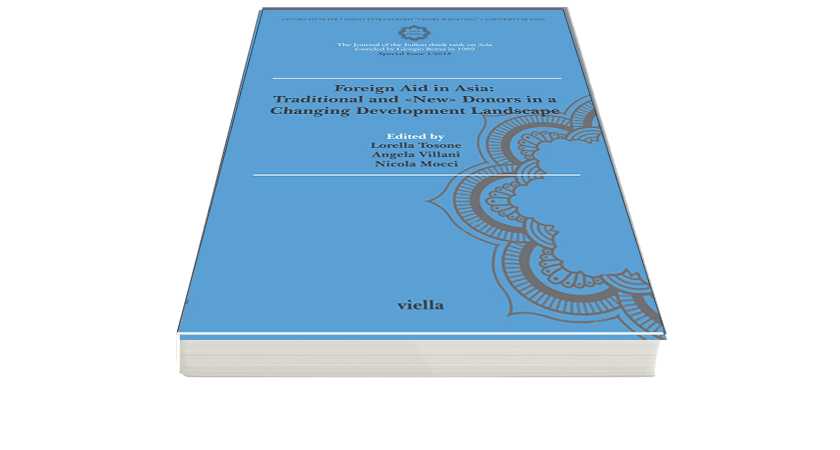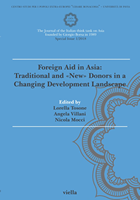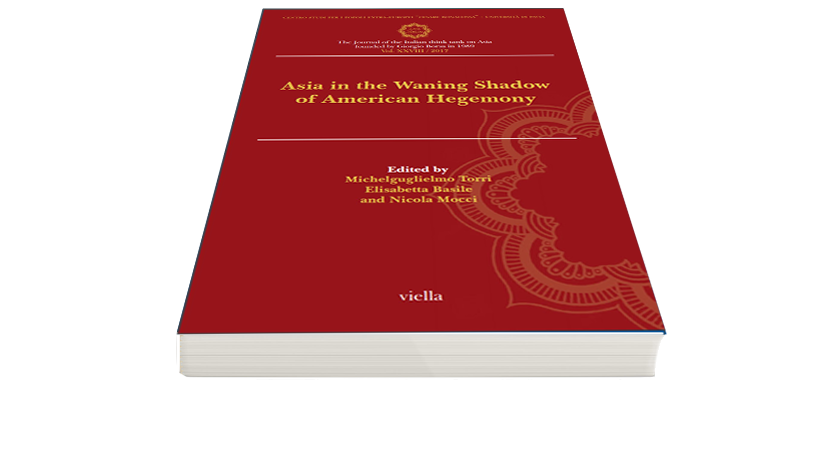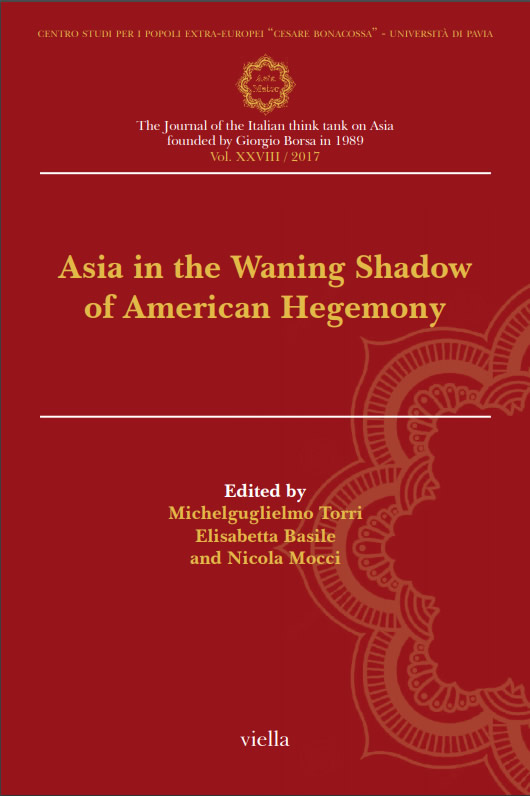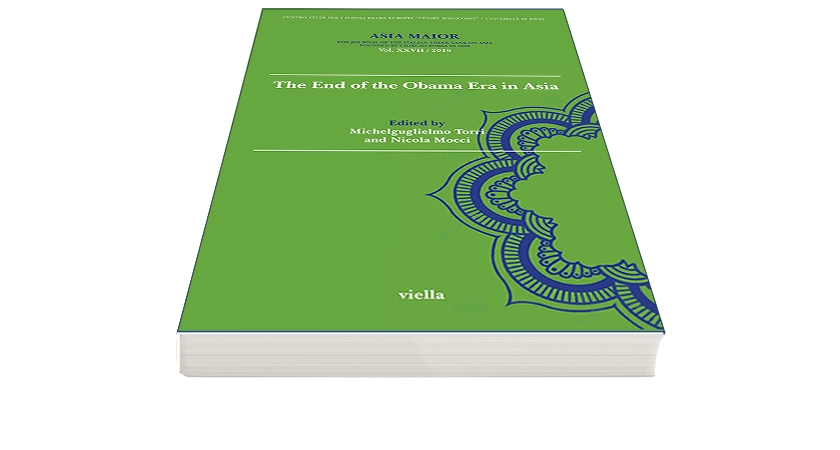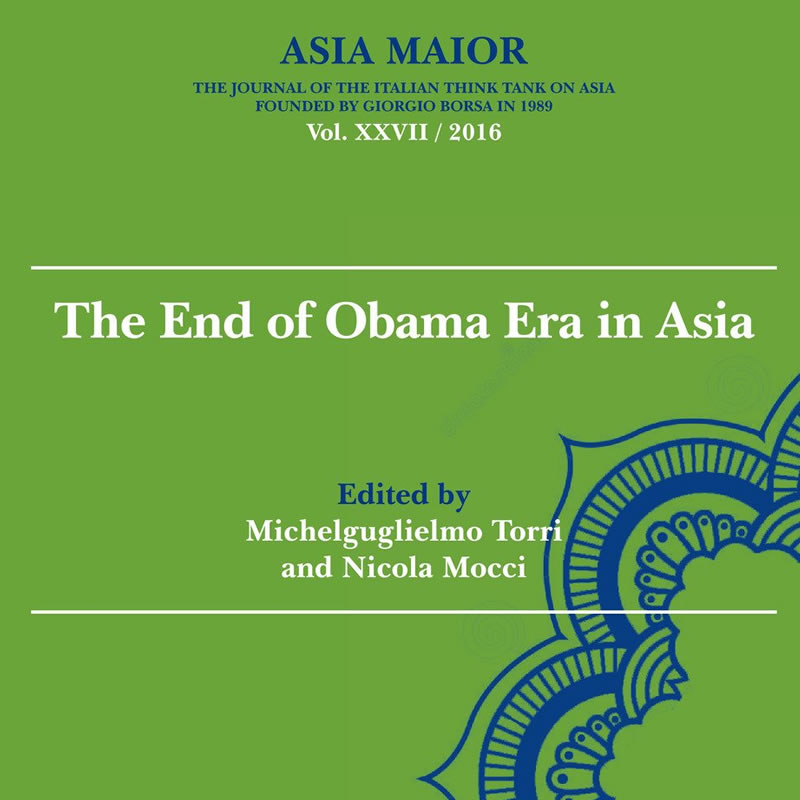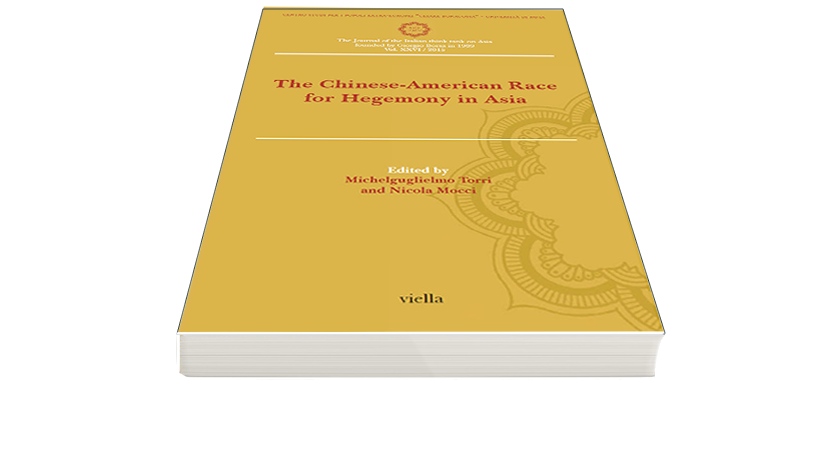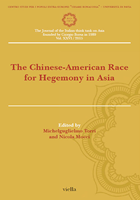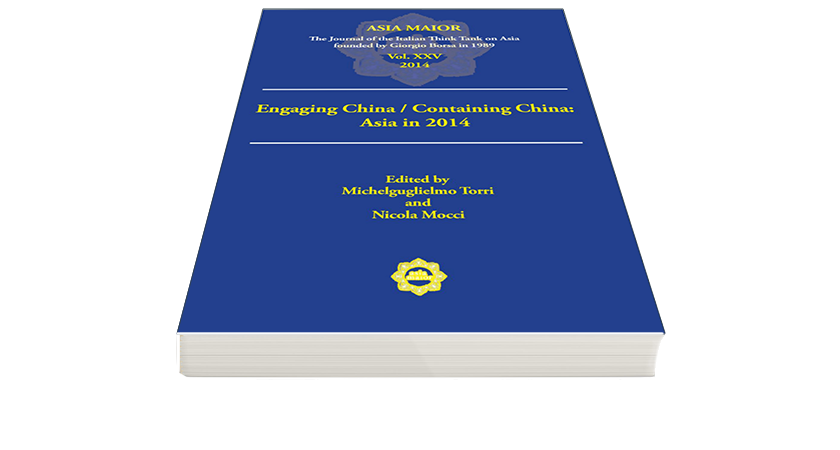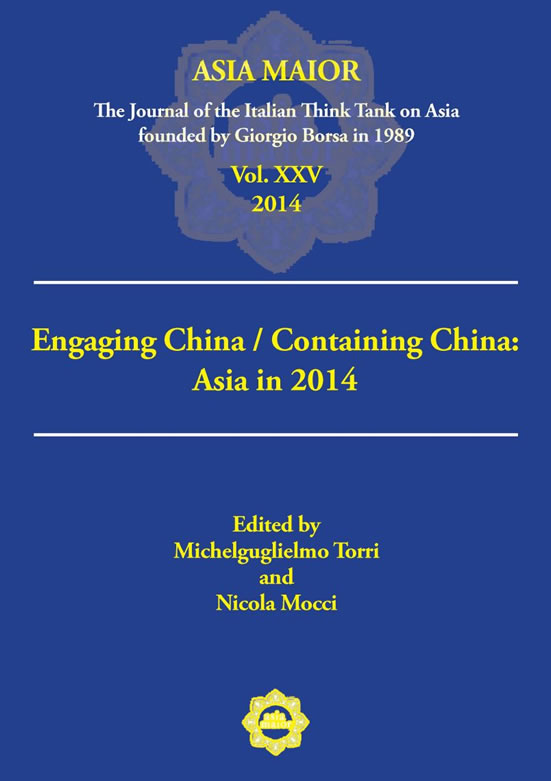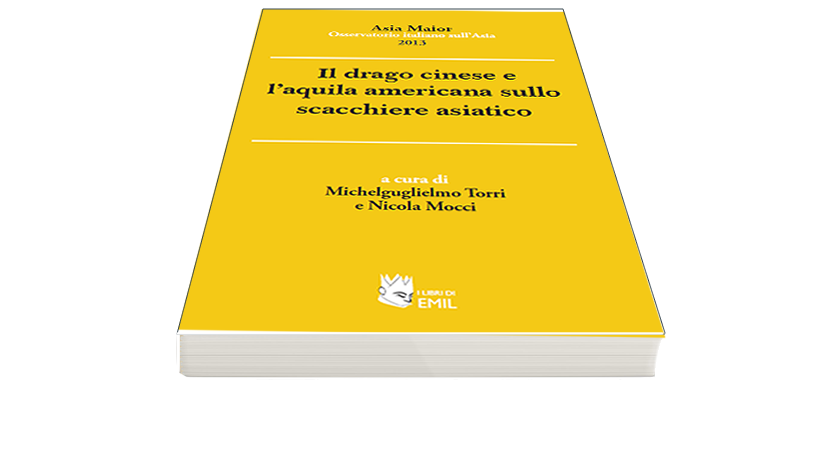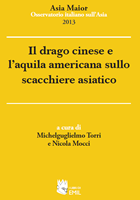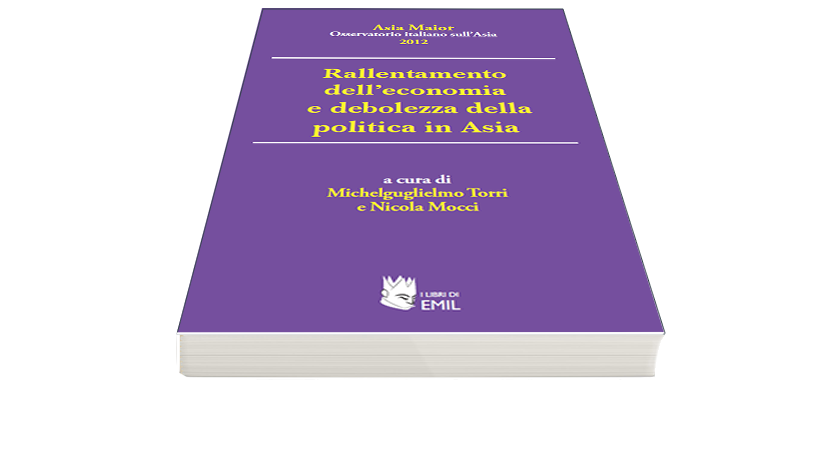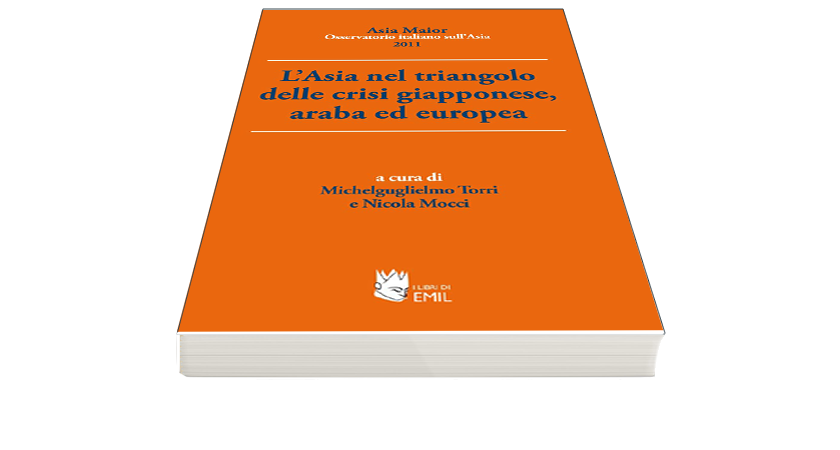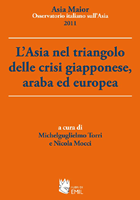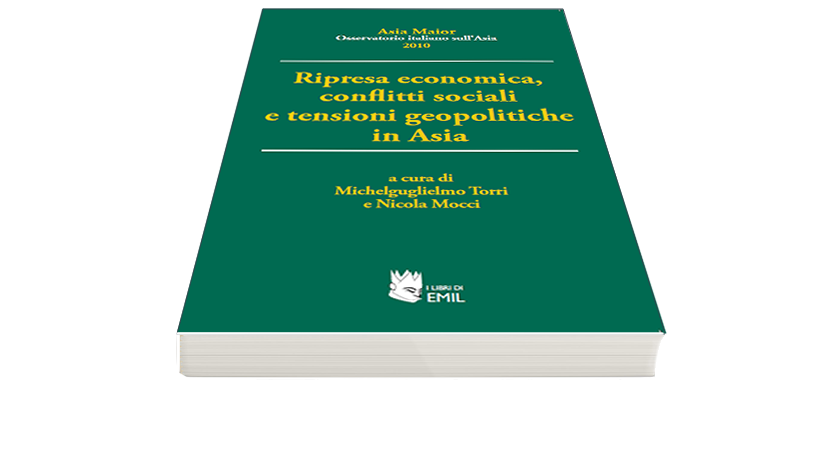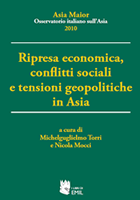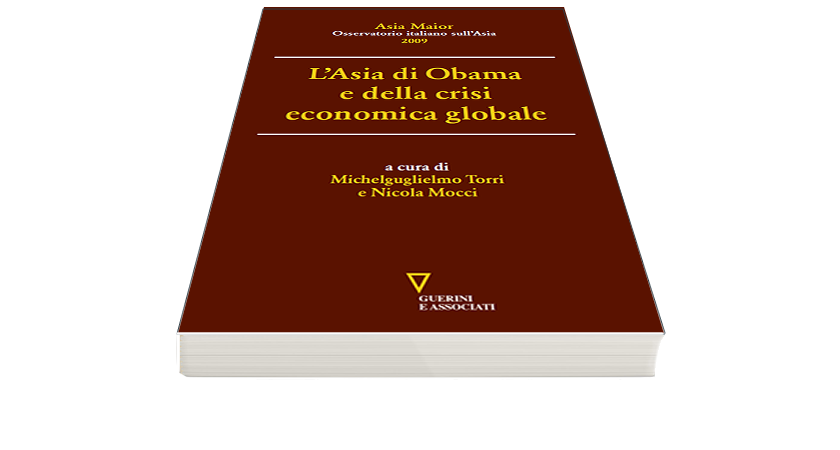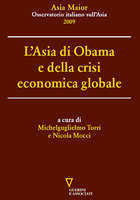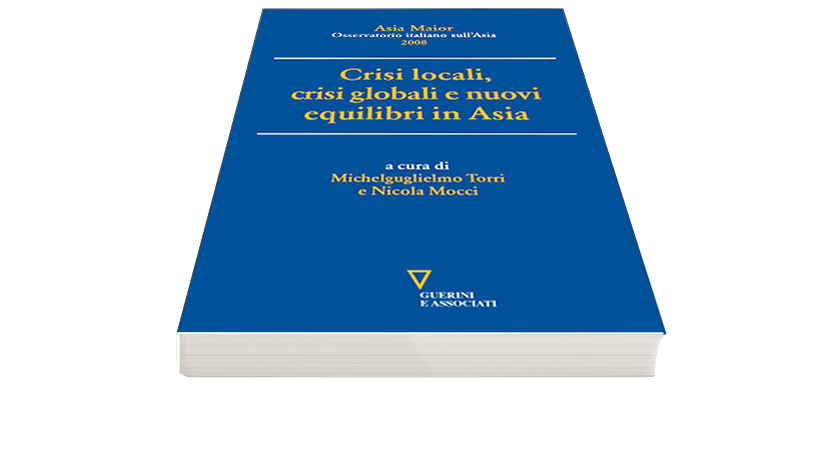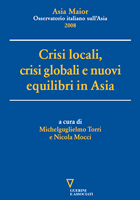India and the World: A History of Connections, c. 1750-2000
Available also in pdf – Download Pdf
Claude Markovits, India and the World: A History of Connections, c. 1750–2000, Cambridge: Cambridge University Press, 2021, 275 pp. (ISBN 978-1-316-63745-6).
Claude Markovits’ India and the World: A History of Connections, c. 1750–2000 is a compelling, wide-ranging examination of India’s global interactions over two centuries and a half. Across seven sweeping thematic chapters, Markovits explores India’s past through its role in the three-fold global exchange of things (commodities, manufactured goods, cultural productions), people (voluntary migration, indentured labour, military conscription), and ideas (religion, political ideologies, the reception of historical events). The author’s aim is to explore Indian history through a broader, connected history framework, drawing on methodologies most notably pioneered by Sanjay Subrahmanyam.1 The book positions India as an active participant in transoceanic networks sustained through multidirectional connections. As Markovits demonstrates, India influenced and was influenced by the world in a dynamic and reciprocal, if sometimes uneven, manner.
The book’s opening chronology provides an excellent indication of what is to come, in terms of the monograph’s ambitious thematic scope. The chronology features standard political and military milestones, ranging from the Carnatic Wars of 1746–53 to the Kargil conflict of 1999. It also pinpoints, however, cultural moments, from the publication of William Jones’s English translation of Kalidasa’s play Shakuntala in 1789 to the box-office success of the Tamil masala film Muthu in Japan in 1998. The masterful balance between economic, political, social, and cultural history underscores the breadth of Markovits’s scholarship, which enables him to situate India not just within the frameworks created by European colonialism but also in global landscapes. This broader scope breaks from the more conventional focus on India’s imperial ties, demonstrating that India’s global reach extended well beyond them. Markovits takes the reader on a tour from Japan, where the Sindwork merchants of Sindh’s Hyderabad sold Japonaiserie trinkets to affluent North American customers in search of exotica, to Benin, where vodún followers incorporated images of Hindu gods imported by Indian traders into their religious practices. It is precisely in charting India’s interactions with the non-imperial and the non-European – particularly the rest of Asia, Africa, and the Americas – that the book is most gripping and successful.
Chapter 1 examines India’s evolving role within the global economy, largely through the trade in commodities such cotton, opium, tea, and jute. Markovitz examines India’s transition from early modern “workshop of the world” to supplier of raw materials to Western nations and Japan. Indian commodities became particularly crucial to the British empire –especially after 1890 when, under the gold standard, India’s export surplus helped offset Britain’s growing trade deficit. From 1947 an independent India, no longer tied to British financial obligations, aimed to establish an autonomous economy, under a Nehruvian blueprint that envisioned some controlled participation of the world economy in the Indian economy. Despite notable accomplishments, by around 1990 the country shifted its focus once again, reconnecting with the global economy in the neo-liberal turn. Markovits’s exploration of India’s engagement with global capitalism through its diverse mercantile communities – Marwari, Gujarati, Chettiar, Sindhi – draws from his previous magisterial work, which established that these trading groups forged deep economic and social ties that transcended political boundaries.2
India’s transoceanic economic connections were often linked to vast patterns of human migration. In Chapter 2, Markovits explores how Indian men and women moved from the subcontinent to the rest of the world – a movement that was not always voluntary. More than 1.4 million labourers left India under indenture from 1834 to 1916. This included indenture to the old plantation economies of Mauritius, British Guyana, and Trinidad, but also the development of new plantation economies in Natal and Fiji. The chapter also emphasizes other forms of labour migration from colonial India, such as the kangani and maistry systems. While the Second World War and Indian independence marked a period of reduced labour migration, the phenomenon surged again from the mid-1960s – this time towards Europe, the United States, Canada, and the Gulf’s oil-producing states. An increasing proportion of these diasporic Indians were skilled workers and professionals. Markovits is also attentive to the smaller, lesser-researched circulation of immigrant labour into India, which primarily arrived from two South Asian neighbours, Nepal and Bangladesh.
Chapter 3 examines India’s longstanding engagement in armed conflicts worldwide, focusing on the Indian sepoys who fought outside the subcontinent. Beginning with an expedition to Manila in 1762 and concluding with the involvement of Indian troops in suppressing an anti-Dutch uprising in Java in 1945, the chapter also highlights India’s extensively studied contribution to both World Wars. Markovits compellingly recounts how the Indian army of the post-1947 era took on a new role. From 1950 to 2000, India became the single largest contributor of military personnel to UN peacekeeping missions. More than 40,000 Indian men were deployed in conflict zones from Gaza to Lebanon, Sierra Leone, Indochina, and Korea. The chapter puts to excellent use archival sources authored by soldiers deployed abroad, from Thakur Gadadhar Singh’s testimony of the Boxer Uprising in China to the soldiers’ letters assembled by British military censors in France.3 Through their voices, Markovits unravels how ordinary Indians interacted with foreign lands and peoples.
The book not only charts India’s global linkages in the realm of things and people, but also ideas. Chapter 4 focuses largely on religion, beginning with Hinduism. It discusses Hinduism’s role as a world religion, examining how Western intellectual was transformed through the influence of figures such as Rammohun Roy, Keshub Chandra Sen, Swami Vivekananda, Jiddu Krishnamurti, and Swami Prabhupada, as well as the politicised ethnic Hinduism best exemplified by the Vishwa Hindu Parishad. The chapter turns to the role of the subcontinent’s Muslims in Islamic movements that, though rooted in India, attained a transnational reach. From the modernist, reformist drive of Sayyid Ahmad Khan to the orthodox Sunni position of the Deobandi movement, and from the transnational engagement of the Tablighi Jama’at to the unorthodoxy of the Ahmadiyya sect, Markovits reflects on the diversity India’s contributions to Islam. He further explores the part that Indians played in the histories of two other world religions, Buddhism and Christianity.
Chapter 5 evaluates the contributions of Indian writers, artists, and cinema professionals to the global cultural sphere. While Indian literature and visual arts seldom reached large international audiences, there were notable exceptions. The chapter traces the remarkable global journey of the ancient Sanskrit play Shakuntala. In the nineteenth century, forty-six translations of Shakuntala were published in twelve European languages, inspiring ballets and operas. Markovits also highlights the “Tagore craze” that took over the world when the Bengali poet Rabindranath Tagore won the Nobel Prize for Literature in 1913 – an infatuation that lasted well into the 1920s, influencing Latin American and Spanish poets in particular. In the domain of cinema, the chapter tracks the rise of India’s film industry as a powerful global entertainment force. In the 1950s, the main foreign markets for Indian films were in the Soviet Union, the Middle East, and Africa. To Markovits, this signals the elasticity as a signifier of Indian cinema, onto which these diverse audiences projected their anxieties and aspirations. This argument could have been extended into the 1990s, which saw the emergence of films targeting NRI audiences – most notably, Aditya Chopra’s Dilwale Dulhania Le Jayenge (1995) – and the 2000s, when Rajkumar Hirani’s 3 Idiots (2009) became a blockbuster in China. The film’s popularity catapulted its lead, Aamir Khan, to stardom in China, echoing Raj Kapoor’s rise to fame in the Soviet Union in the 1950s.
Chapter 6 explores the encounters between Indians and others, beginning with the often tense reception that Indian immigrants received in their host countries. Markovits surveys episodes of anti-Indian violence from Burma to Xinjiang and from British Guyana to the United States. He moves on to Indian travel narratives for insights into how Indians perceived the world beyond the subcontinent. These accounts often reveal a narrow perspective, focusing on Indian communities abroad rather than on the local populations among whom they lived. The chapter concludes by discussing how Indians perceived and responded to the foreigners who came to India. Chapter 7 focuses on two pivotal ‘global events’ in Indian history: the Great Rebellion of 1857 and the Partition of 1947. Markovits establishes that the 1857 uprising had a significant global impact, as evidenced by the extensive writings it inspired in several languages. Partition, in contrast, attracted little contemporary international reaction. He argues that it instead became a subject of comparative analysis for political historians in the decades that followed it.
In the conclusion, Markovits delivers a critique of India’s current Hindu nationalist politics, marked by the Bharatiya Janata Party’s (BJP) second consecutive victory in the 2019 general elections. He contemplates how this shift relates to India’s global history: he sees the BJP’s rise as a continuation of a broader global resurgence of right-wing movements but also a significant departure from it, as Hindutva politics seek to define India’s past through a unique, a-historical modernity. This vision draws on interpretations of Vedic texts as containing the essence of modern scientific and technological advancements. The chapter closes by pondering what this inward turn in India’s global role might mean for the collective future of humanity.
The book’s many strengths are offset by a few remarkable absences. The most noteworthy one is the use of gender as an analytical category. Markovits pays close attention to other categories of identity that play a part in India’s global connections – most notably class, caste, and religion. In this context, the lack of attention to the circulation of global gender dynamics in and out of the subcontinent is particularly glaring. These categories could have been further explored through the prism of the body, interrogating how bodily practices connected India with the rest of the world. Fashion, foodways, and physical regimes such as yoga were just some of the arenas in which Indian and non-Indian bodies partook in complex exchanges of cultural practices and representations.4 Indian bodies, in particular, at times became symbols of resistance to Western dominance and, at other times, vehicles for the commodification of the exotic “Other”. The Indian princely states were yet another important sphere of interconnection between the subcontinent and the rest of the world, as a growing body of literature on princely patronage, transoceanic travel, and imperial and anticolonial commitments has established. These new connected histories of the princely states have much to add to our understanding of India’s global linkages.5
Some Indian regions were much more densely connected with the world than others. Markovits acknowledges this throughout his account: it was Gujarat and Bengal that played major roles in the world economy as producers of textiles; indentured recruitment drew heavily from the Bhojpuri region of eastern Uttar Pradesh and western Bihar; mass migration to the Gulf countries predominantly originated from Kerala. More attention, however, could have been paid to these regional disparities. The things, peoples, and ideas that did not travel also have stories to tell. As reverse, negative images of the connectedness that Markovits so expertly explores, they may shed as much light on the contours of global history as the opium trade, the Indian soldiers in the trenches during the First World War, and the writings of religious teachers. Despite these omissions, the book stands as an excellent synthesis of India’s transoceanic interconnections during the early modern and modern periods. Markovits brings together a vast body of research on South Asia and its diasporas, offering a nuanced view of key historiographical debates, particularly around the pivotal events of 1857 and 1947. While the book will undoubtedly appeal to specialists in Modern South Asian Studies, its insightful synthesis of previous scholarship and its clear and engaging prose makes it especially valuable for students and general readers seeking to understand India’s place in world history.
Asia Maior, XXXV / 2024
© Viella s.r.l. & Associazione Asia Maior
ISSN 2385-2526
